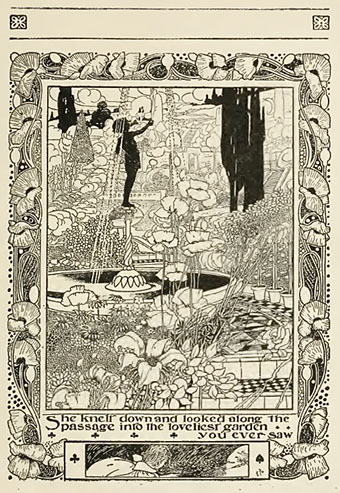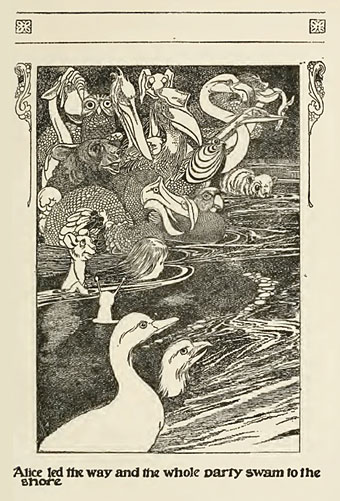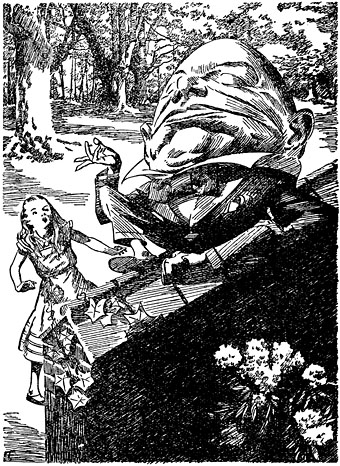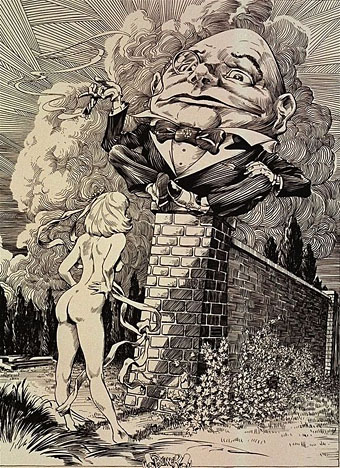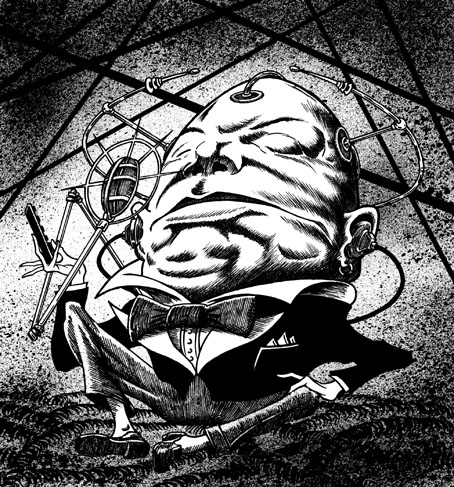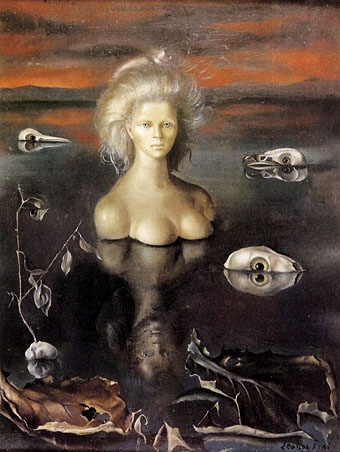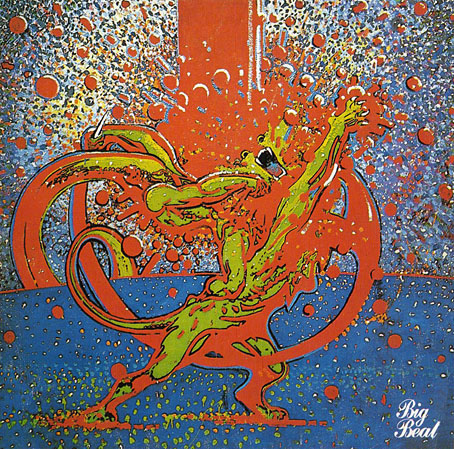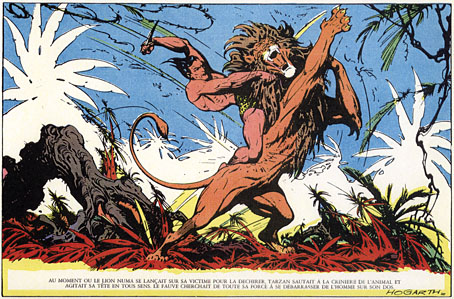As you might expect, the Internet Archive has a lot of Alice in Wonderland adaptations, including a silent film version whose poor picture quality makes any attempt to watch it a chore. Among the many books in their collection one of the best is this illustrated edition from 1907 by Charles Robinson, brother of the equally talented William Heath. The full-page illustrations are especially good for their swirling embellishments, and I like the way he establishes the playing card motifs very early on. But the PDF version of the book also shows his inventive page layouts with narrow vignettes cutting through the text and the margins featuring tiny figures running about. The colour plates aren’t so impressive but his black-and-white work makes up for that.
Elsewhere on { feuilleton }
• The illustrators archive
Previously on { feuilleton }
• Humpty Dumpty variations
• Alice in Wonderland by Jonathan Miller
• The art of Charles Robinson, 1870–1937
• The Illustrators of Alice

